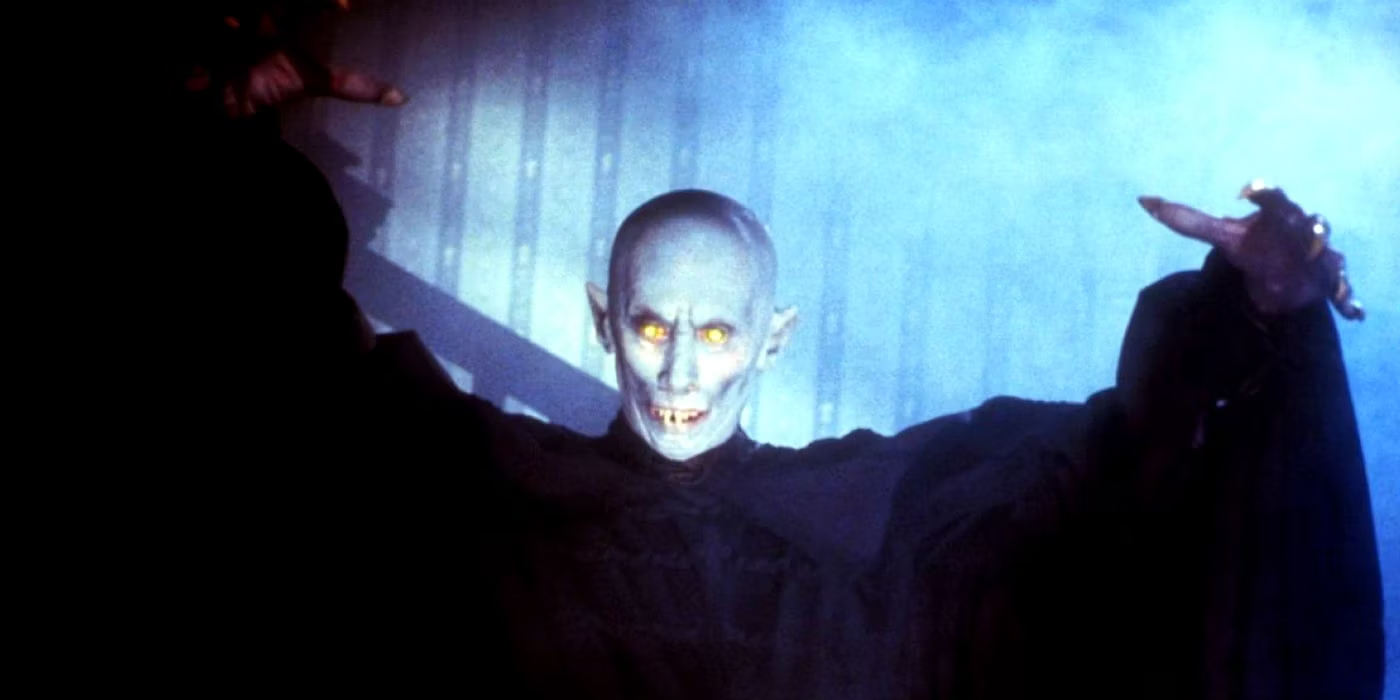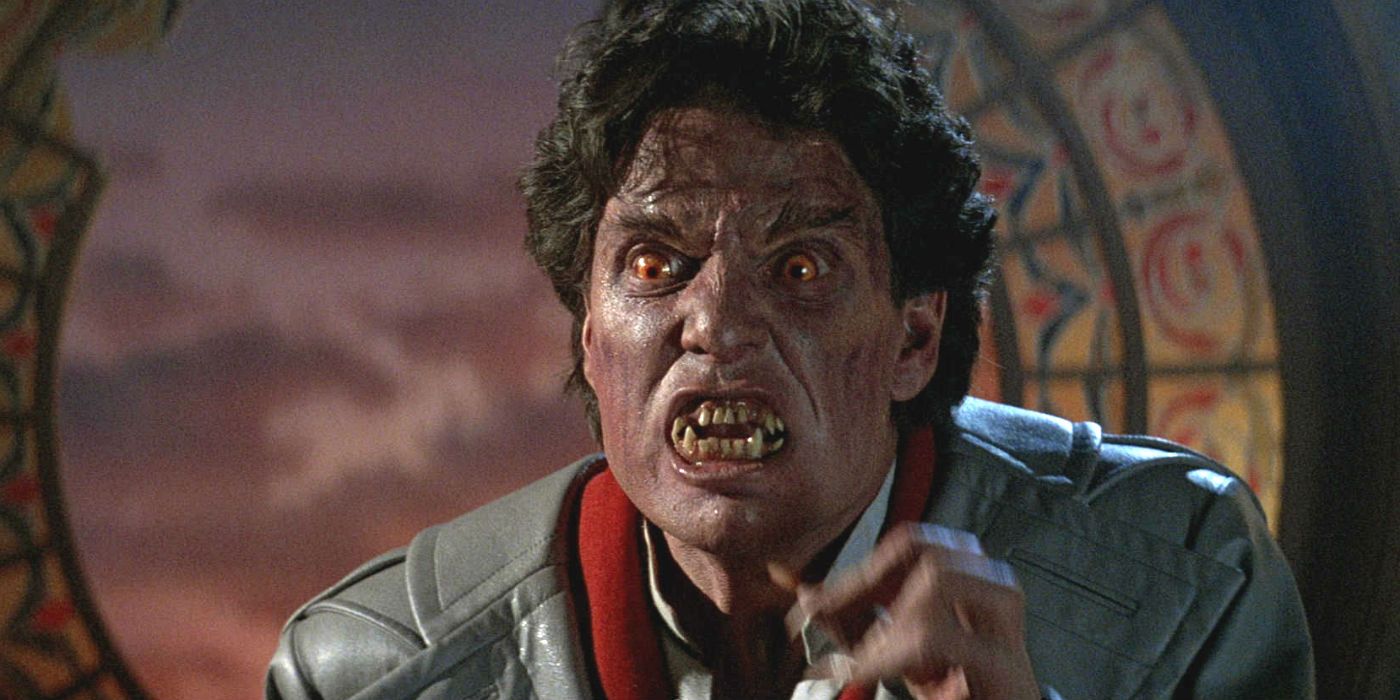
Stephen King's works are clearly a centerpiece of horror, but Salem's Lot and its 1979 miniseries adaptation are responsible for the birth of many giants in the world of vampire media.
King's book, which was published in 1975, tells the tale of a writer named Ben Mears who returns to his hometown of Jerusalem's Lot, Maine. He intends to use a notorious location in town - the Marsten house, which is rumored to be haunted - as inspiration for his next book. After he inquires about renting the property, Mears is informed that it has already been rented by a man named Richard Straker, who intends to open an antique store with his reclusive business partner, Kurt Barlow. Soon after Barlow arrives in town, people start going missing and eventually, Mears uncovers the reason why: they're all being turned into vampires by Barlow, the master vampire.
The first TV miniseries was directed by Tobe Hooper, who is well-known for The Texas Chainsaw Massacre. Salem's Lot has had a film sequel, A Return to Salem's Lot (1987) and another TV miniseries in 2004 that starred Rob Lowe as Ben Mears and Rutger Hauer as Kurt Barlow. There is currently another film adaptation in the works from James Wan and Gary Dauberman, who are responsible for many of the installments in The Conjuring franchise.

Despite it being originally adapted for the small screen, Salem's Lot has inspired many major aspects of vampire lore and vampire media in years past. However, Hooper took inspiration for what might be the ultimate vampire with his look for Barlow in his miniseries. Where Barlow in the book is more verbose, charming, and seductive, Hooper turned his version into a more feral creature like Count Orlok in Nosferatu. The 2004 version went back to the suave vampire trope with Rutger Hauer in the role, but Salem's Lot in general ended up inspiring films that followed suit and took notes from King to make vampires a key feature in horror again.
For a long time, vampires have straddled the line of being romantic and dangerous; there's an appeal in the blend of the two that has been done time and time again. King's novel has Barlow acting more as an infectious force amongst the townspeople. After the crate containing him is delivered to the Marsten house where his familiar, Straker, has been setting up shop, people begin to disappear as he works tirelessly to turn the entire town. Mears begins to become suspicious of the happenings there, and ends up gathering together a group of people to solve the mystery and save their town before it's too late. Films like Fright Night (1985) have heavily drawn from this with its teenage hero, Charley Brewster, the horror fan who starts to become suspicious of his strange neighbor, Jerry Dandridge. As Brewster gets closer to Dandridge, the parallels become apparent. Mears' enlistment of Father Callahan and Dr. Jimmy Cody, among others, in Salem's Lot is similar to how Brewster teams up with Peter Vincent to take Dandridge down.
Salem's Lot was a major inspiration for the vampires floating outside of windows in The Lost Boys, as well as other aspects of the film. Joss Whedon has cited Salem's Lot as a major influence for his cult TV series, Buffy the Vampire Slayer, where his heroine constantly puts her life in danger to save her town from vampires and other supernatural threats. Films like Fright Night and The Lost Boys have been acknowledged as primary inspirations for even more modern vampire lore, but none of them would be the same without Salem's Lot.
from ScreenRant - Feed https://ift.tt/2sujfts

0 comments:
Post a Comment